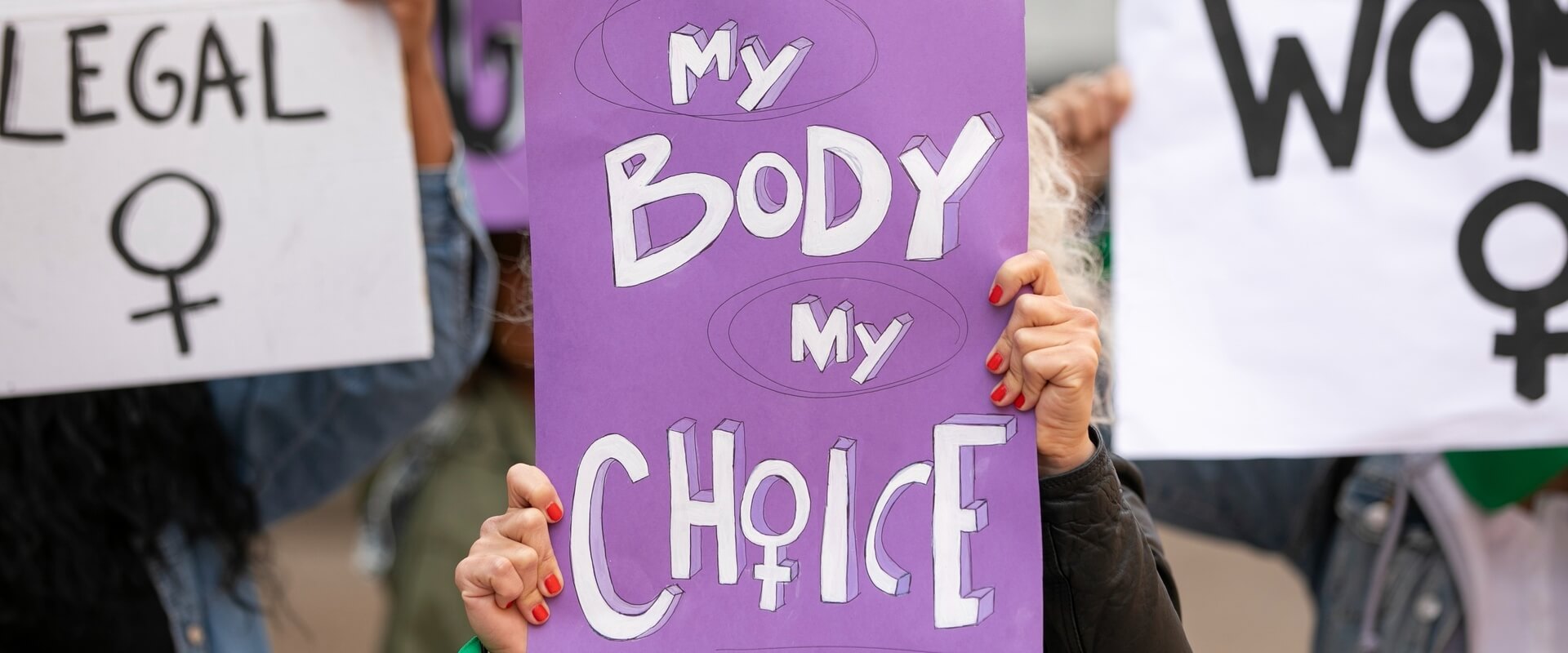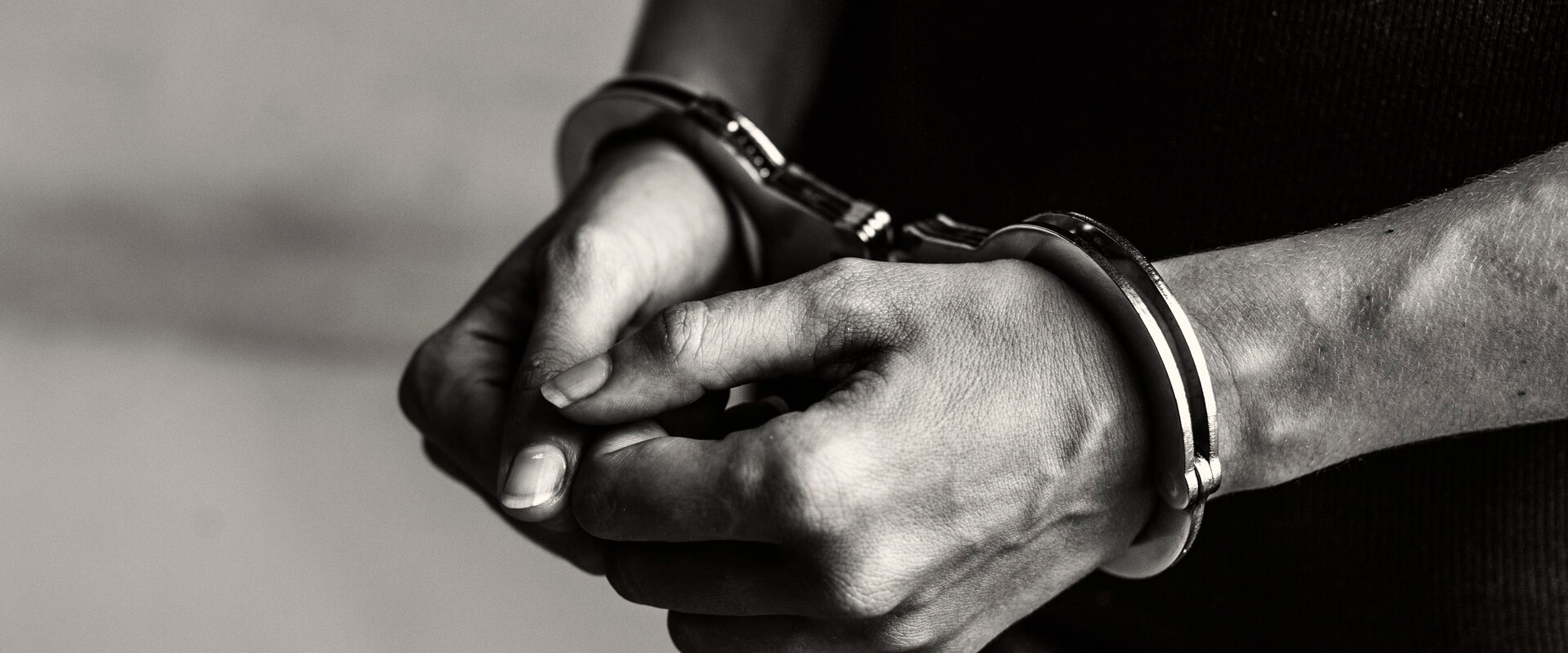Prison Industrial Complex
Reproductive Rights in Theory and Practice: The Meaning of Roe v. Wade for Women in Prison
by Rachel Roth

health reproductive-rights
(This material was created for and originally published by the Center for American Progress on January 20, 2006, www.americanprogress.org.)
In 1973, when the Supreme Court handed down its decision in Roe v. Wade, there were about 14,000 women incarcerated in the United States; today, there are over 180,000. If the ultimate legacy of Roe is that women have the freedom to make decisions about pregnancy and motherhood, then what does this anniversary mean to women who are literally not free, those in jails, prisons, and immigration detention centers? Because prisons are shielded from public scrutiny, and the women in them are “out of sight and out of mind,” their concerns rarely enter the debate about reproductive rights and health.
Although “reproductive freedom in prison” may sound like a contradiction in terms, courts have been clear that women do not automatically lose their reproductive rights simply because they are incarcerated. Moreover, prisoners are the only group in the United States with a constitutional right to medical care. Yet the difference between having a right in theory and being able to exercise that right in practice is particularly stark for women in prison.
The “war on drugs” and mandatory sentencing policies have been major forces driving up the numbers of women in prison and have had a disproportionate impact on women of color and poor women. Consequently, the health problems of incarcerated women are those that commonly affect these groups, including high rates of such chronic illnesses as hypertension, asthma, and diabetes, as well as Hepatitis C and HIV. Histories of drug addiction and physical abuse add to women’s medical and mental health needs. Incarceration poses unique threats to women, because access to medical care is frequently arbitrary, discouraging, and difficult to navigate, with few effective mechanisms to redress grievances.
A recent survey of women jailed in the nation’s capitol, for example, found that the sick-call system does not meet the needs of women with ongoing health problems. Women with chronic, infectious, and mental health conditions reported having to submit 10-15 requests before being seen. Women also reported disruptions in their HIV medications, a situation which endangers their health by leading to drug resistance.
Another recent study of a California prison highlights problems with access to life-saving preventive care. The study found that the entire process of scheduling, having, and learning the results of Pap tests to detect cervical cancer was unpredictable. Some women were called in for exams while others had to pay a fee and file medical requests - competing with the emergencies of the day for a doctor’s attention. Women also reported negative experiences during the exam itself, especially with male physicians insensitive to their histories of sexual trauma and abuse.
Given the difficulties that women have obtaining basic health care within jails and prisons, what happens when they need abortion services, which are only available in outside clinics or hospitals?
Beyond the restrictions on access that all women face, such as the mandatory 24-hour delays in place in 21 states, women in prison must deal with an additional, literal barrier - the prison itself, and whether they can get a corrections officer to take them from the prison to a clinic.
This was the problem a young woman in a rural Missouri prison confronted recently, when prison staff told her that they would not take her to a clinic - effectively telling her that she could not have an abortion. Although she ultimately prevailed, thanks to a federal lawsuit brought by the ACLU, she obtained an abortion far later than she would have if prison officials had simply respected her rights at the outset. The protracted struggle caused weeks of anxiety and necessitated raising even more money from family and friends to pay for the procedure. Her story is not unique: women in at least 15 other states have experienced similar conflicts with sheriffs and prison authorities over access to abortion.
Perhaps the most widely shared reproductive concern among women inside prison is maintaining relationships with their children. The majority of women in prison are mothers who hope to be reunited with their children when they finish their sentences. Once released, their hopes strain under the weight of policies that deny them, as people with felony convictions, access to the things they need to rebuild their lives and care for their children, such as public housing, food stamps, student loans, and jobs.
The experiences of imprisoned women stand as a vivid reminder that there is no such thing as having a right or a choice without access to the resources needed to carry out that choice. A reproductive justice agenda for imprisoned women therefore includes not only the ability to make decisions about pregnancy, but also the protection of family ties and access to basic medical care to preserve health and fertility, in order to ensure real reproductive choices in the present and the future.
When judges and juries send women to prison, they do not sentence them to a term of medical neglect or to continue a pregnancy against their will, but these are often the consequences of doing time. These excessive punishments call for greater accountability from the government, and for a broader agenda for the reproductive rights movement.
Notes
References From the Inside Out: Talking to Incarcerated Women About Health Care. A Survey of Incarcerated Women in D.C. Jail Facilities. Washington, D.C. and Baltimore: D.C. Prisoners’ Legal Services Project and Johns Hopkins Bloomberg School of Public Health. November 2005. Available at http://www.dcprisonerhelp.org/news/WomensHealth_Hopkins.pdf Magee, C, J Hult, R Turalba, and S McMilan. “Preventive Care for Women in Prison: A Qualitative Community Health Assessment of the Papanicolaou Test and Follow-Up Treatment at a California State Women’s Prison.” American Journal of Public Health, October 2005, vol. 95, no. 10, pp. 1712-1717. (Note: This research was undertaken in collaboration with Justice Now, based in Oakland, California.)



